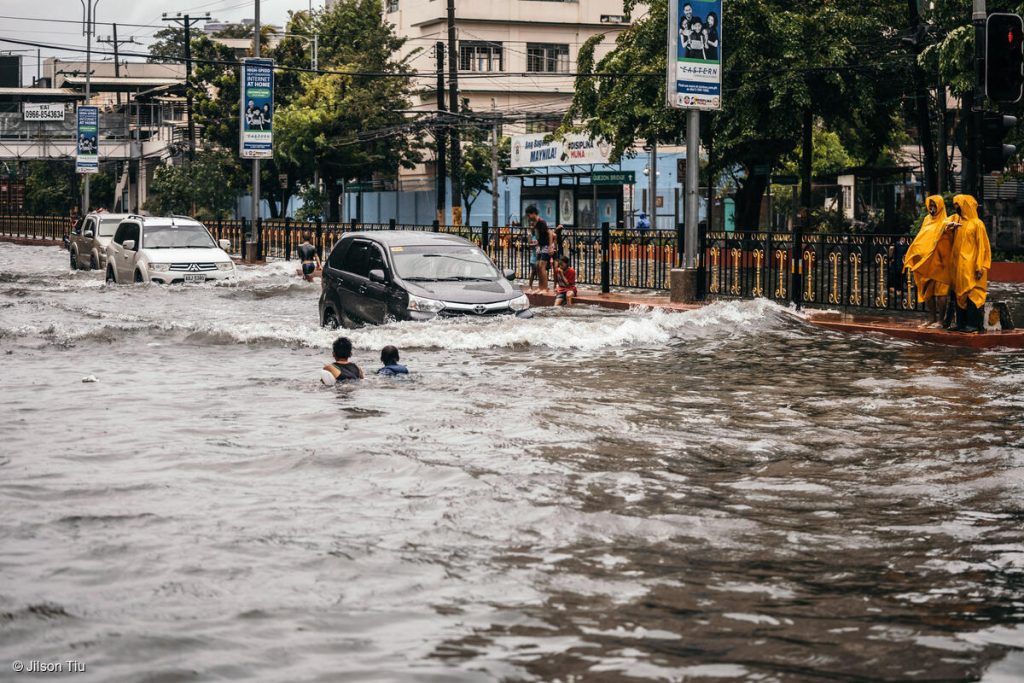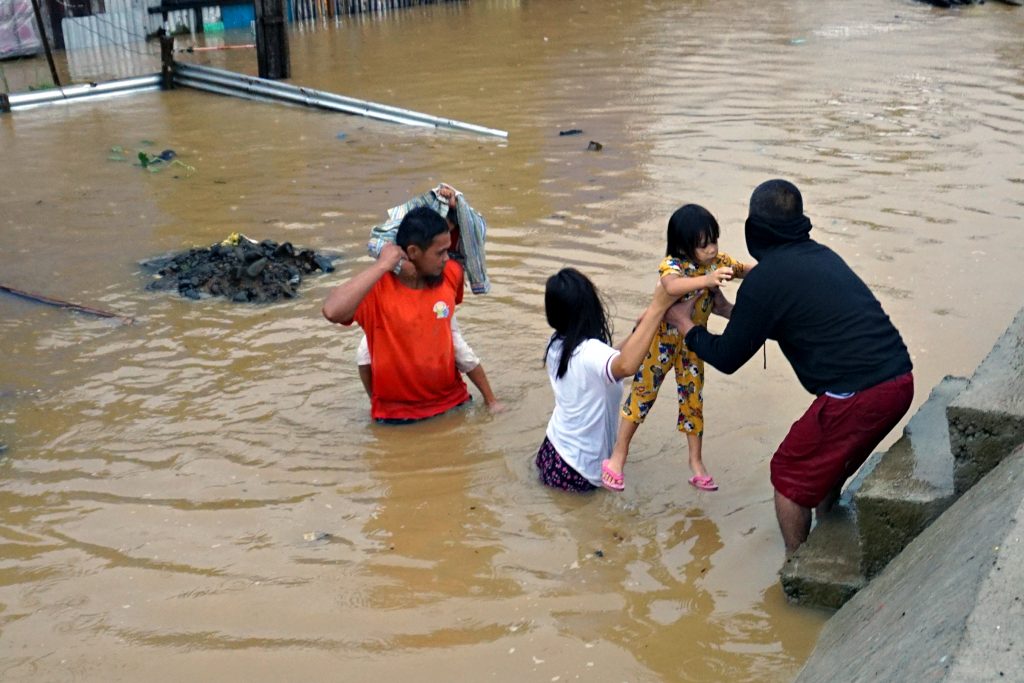
The city of Manila may go underwater by 2030 due to rising sea level and coastal flooding, warns a new report by pro-environment group Greenpeace.
The report says up to 1.54 million people out of the city’s population of 1.78 million will be most affected.
“Experts have long known the extreme vulnerability of coastal cities such as Manila to climate impacts due to flooding events compounded by sea level rise,” said Lea Guerrero, Greenpeace country director.
“But what we’re seeing is that we may experience these impacts sooner than we think,” she said.
Guerrero said that within the coming decade, coastal cities in Asia and the Philippines — not just the City of Manila — “are at high risk from rising sea levels and intensifying storms.”
“The data presented in this report should serve to urgently spur government leaders to prioritize climate action,” said Guerrero.
The report looks at seven cities across the Asia Pacific region and calls for stronger climate action from the government to avert the worst climate scenarios.
The report estimates that by 2030, at least 15 million people across the seven cities in Asia will live in areas at risk of flooding.
The analysis is one of the first of its kind to use high spatial resolution data to suggest the areas of each city that are at risk from floods.
The analysis takes into account land area, population, and GDP.

Compared to other cities, Manila is especially vulnerable, being one of the most congested cities in the world, and identified as one of the riskiest cities in terms of natural disasters.
Greenpeace has long been calling on the government to chart out a coherent strategy from local to national levels to address the climate crisis.
The environmental organization states that the strategy should mainstream climate action in all policies, plans, and projects, including in city planning, infrastructure projects, permits for large-scale industrial activities, and fisheries and agricultural policies.
“We need to remember that climate action needs to be at the core of [disaster] response,” said Guerrero.
The Philippines marks National Disaster Resilience Month in July.
“The climate emergency is already here, and we need to strengthen disaster management planning and enable communities to cope with climate impacts,” Guerrero said.
She said infrastructures need to be updated, early warning systems established, and climate information decentralized “to enable more people to plan for climate impacts.”
Beyond disaster response, however, Greenpeace maintains that “a coherent strategy must include actions to curb greenhouse gas emissions.”
The group is calling on the Philippine government to:
- cancel all new coal-fired power plants in the pipeline and speed up the shift to clean and renewable energy;
- call on other countries, particularly industrialized nations, to enhance their emissions reduction targets in order to meet the Paris Agreement; and at the same time raise the ambition on its submitted nationally determined contribution targets;
- charge relevant government agencies and the Congress to adopt policies and enact laws to protect the climate, on the basis of climate justice; and
- direct public and private entities to align their practices and/or business models to the goals of the Paris Agreement, and hold fossil fuel companies accountable for their share of responsibility for the climate crisis
Greenpeace also called on local government leaders “to prioritize climate adaptation and mitigation strategies in their city planning development.”
Source: Licas Philippines
0 Comments